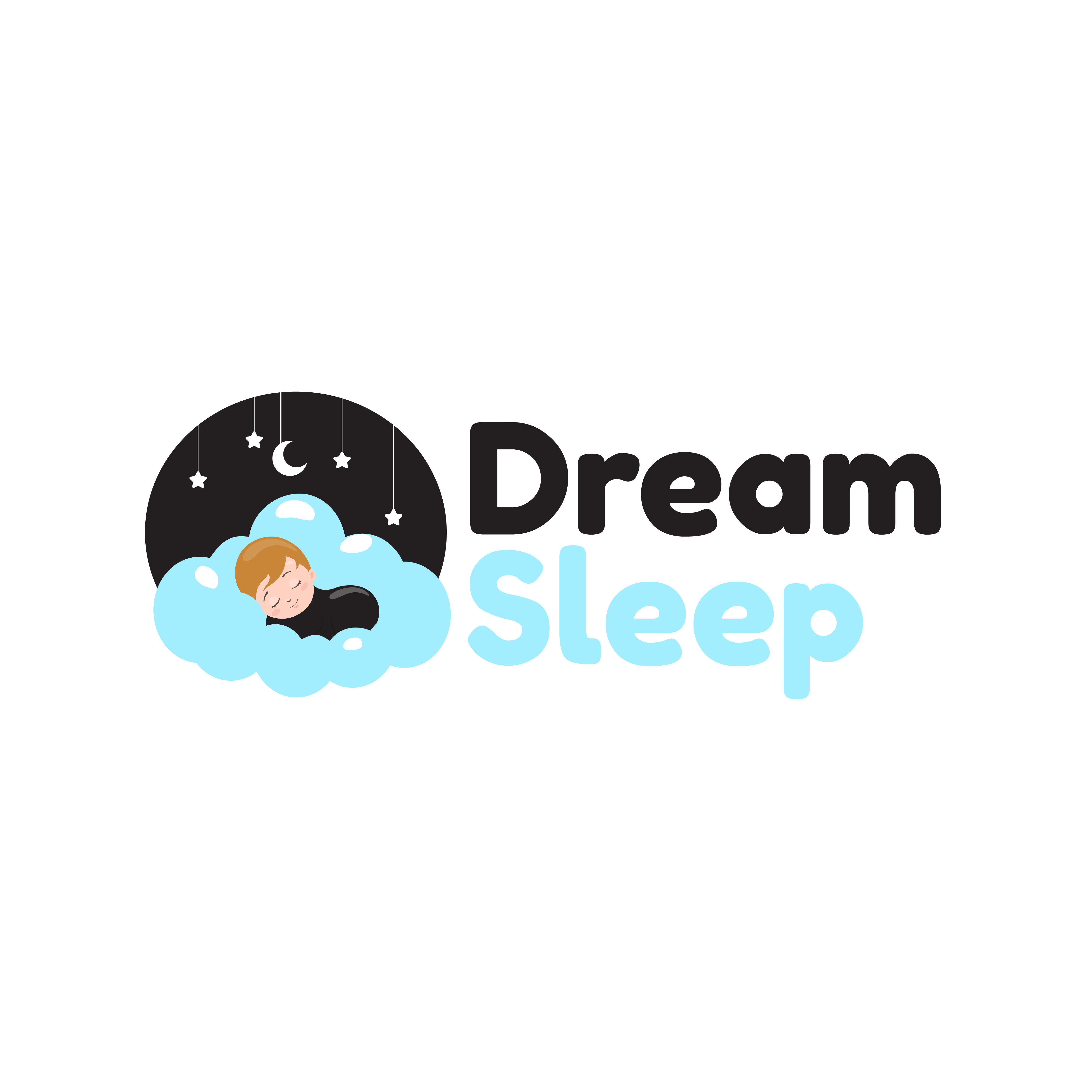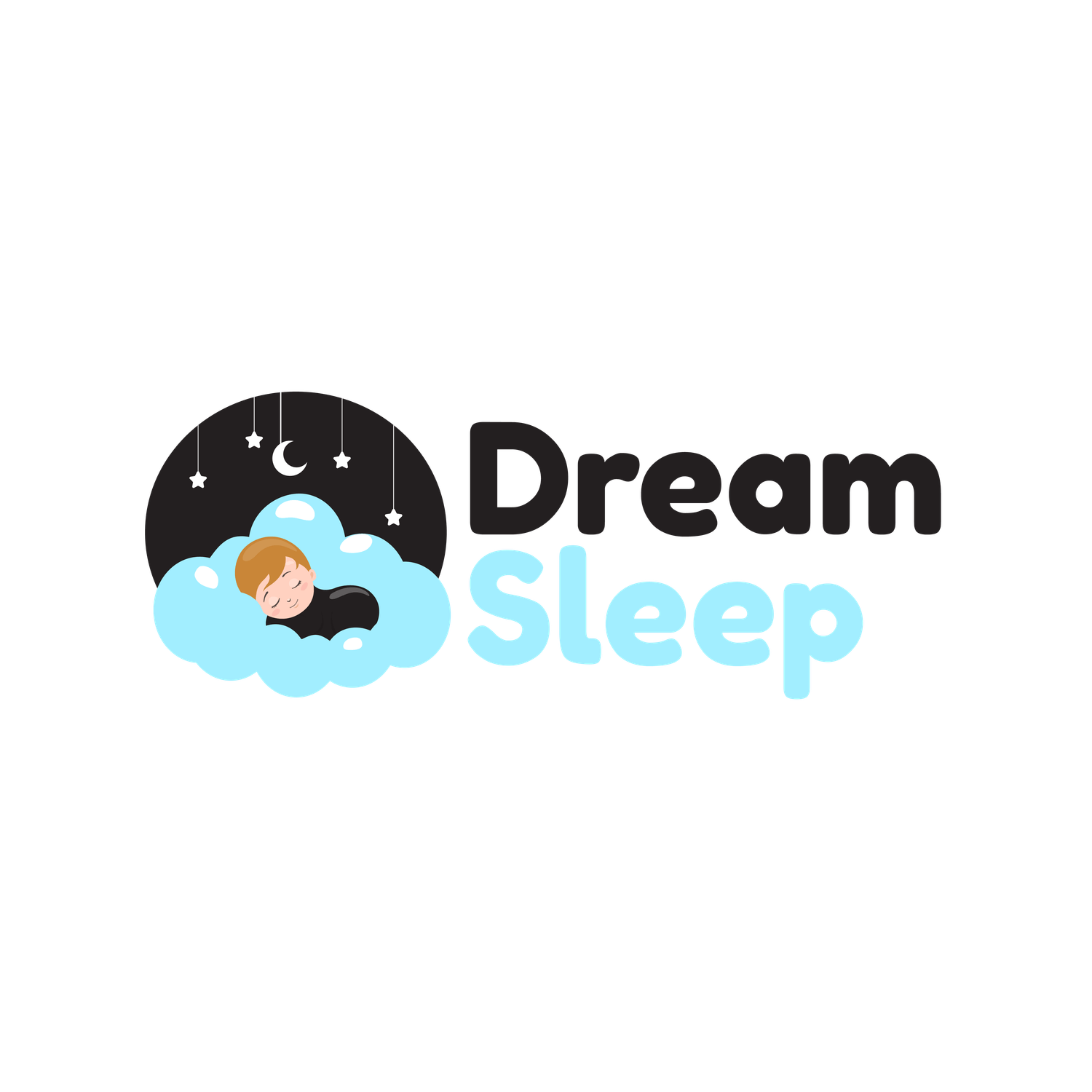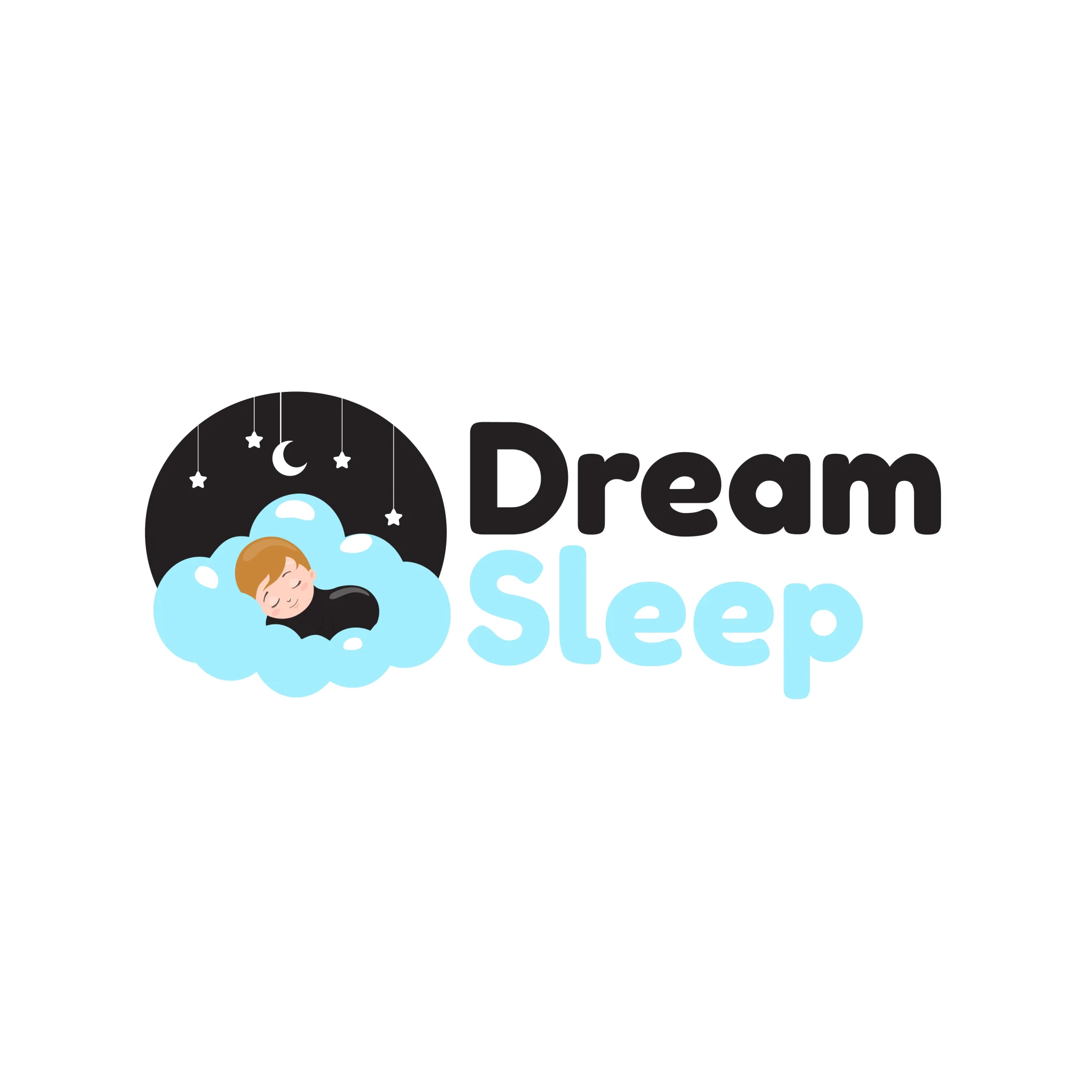Separation anxiety and how they can affect sleep?
Separation anxiety and sleep patterns can vary depending on the age of the individual. Here’s a general overview of separation anxiety and sleep patterns by age:
Infants (0-12 months):
– Infants typically experience separation anxiety around 6-8 months of age. They may become distressed when separated from their primary caregiver.
– Sleep patterns vary greatly during infancy. Newborns sleep for short periods throughout the day and night, gradually transitioning to longer periods at night with shorter naps during the day. However, individual variations are common.
Toddlers (1-3 years):
– Separation anxiety tends to peak around 12-18 months and gradually decreases thereafter. Toddlers may exhibit distress when separated from their caregivers and may experience difficulty with bedtime routines.
– Most toddlers require around 11-14 hours of sleep per day, which includes a combination of nighttime sleep and naps. By the age of 3, many toddlers have transitioned to a single afternoon nap.
Preschoolers (3-5 years):
– Separation anxiety continues to decrease during the preschool years, but some children may still experience mild forms of anxiety when separated from their caregivers.
– Preschoolers generally require around 10-13 hours of sleep per day. Most have transitioned to sleeping through the night without waking and have dropped their afternoon nap. However, some may still benefit from a short rest or quiet time during the day.
School-age children (6-12 years):
– Separation anxiety is typically not a significant concern for school-age children, as they have developed a greater sense of independence.
– School-age children generally need around 9-12 hours of sleep per night. Establishing consistent bedtime routines and creating a conducive sleep environment are important for healthy sleep habits.
It’s important to note that individual variations exist within these age ranges, and some individuals may experience separation anxiety or sleep difficulties outside of these general guidelines. If you have concerns about separation anxiety or sleep patterns, it’s recommended to consult with Dream Sleep Occupational Therapy for a more personalised assessment and guidance.
To contact Dream Sleep Occupational Therapy via email info@DreamSleepOT.com.au or visit the website.
Or Book Now

Share this:
Leave a comment

For the best sleep possible
Dream Sleep Occupational Therapy provides evidence-based and personalised advice to support your family’s best possible sleep
Contact Us
Open Hours
Mon-Fri: By appointment only
Saturday: Closed
Sunday: Closed
Public Holidays: Closed
WA School Holidays: Closed
Location
Maylands, Western Australia.
Telehealth, online courses and sleep guides- worldwide
All Rights Reserved 2025 Dream Sleep OT.


